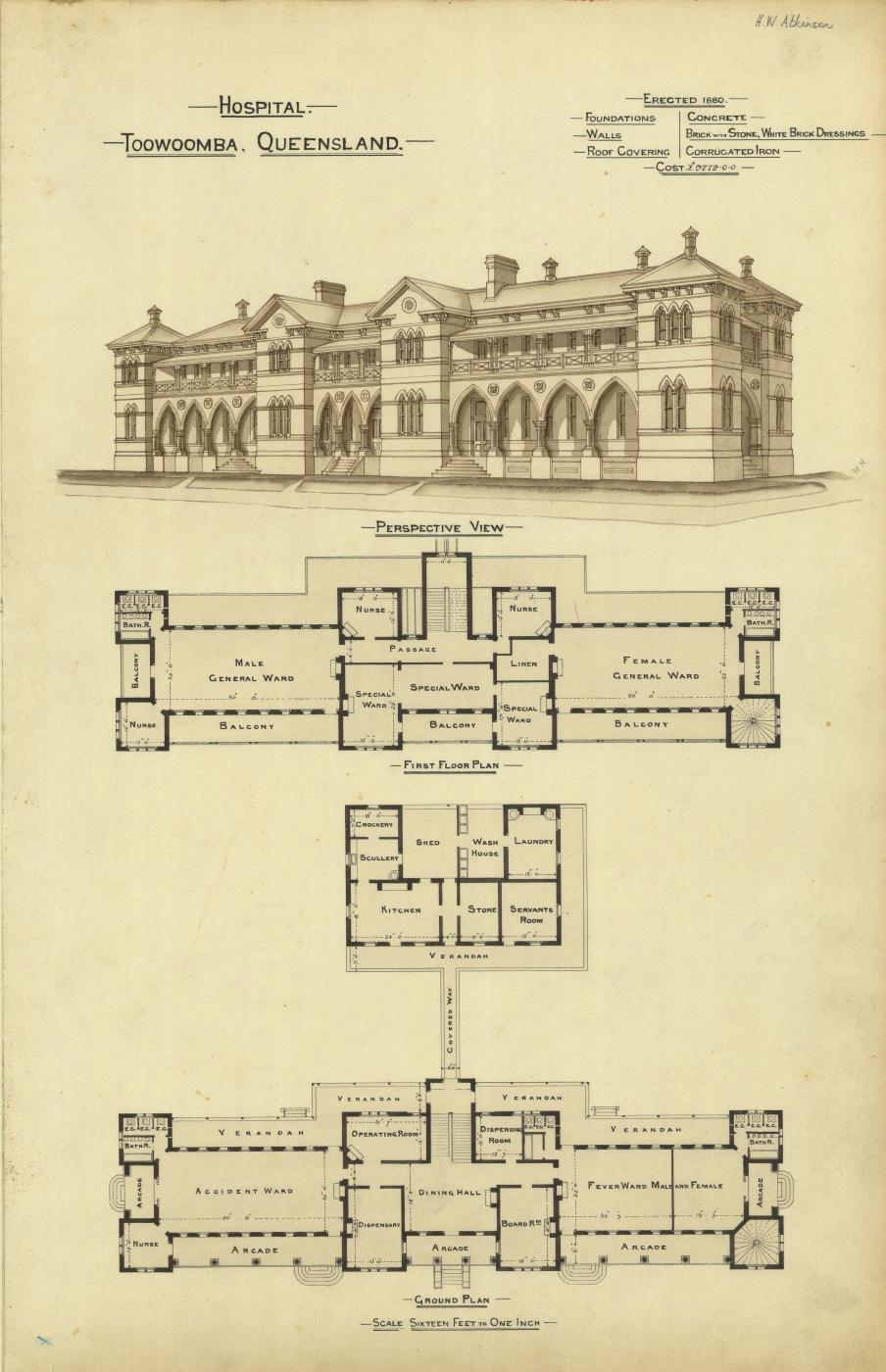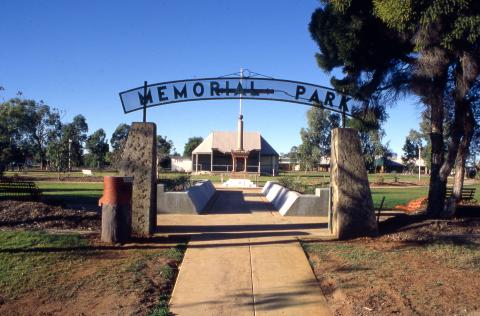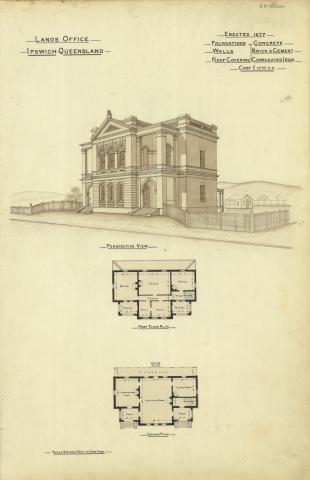
- News of the day
-
The Brisbane Courier, Wednesday 4 April 1866
The Toowoomba Hospital
(From our Special Reporter)
According to instructions, on Saturday, I waited on the treasurer of the Toowoomba Hospital touching certain rumours concerning the state of that institution and especially in reference to some correspondence which appeared in the Queensland Times. Mr. Taylor at once declared that the committee of the institution courted public inspection, and volunteered his belief that the surest way of getting at the truth of the whole matter was by a personal inspection of the hospital - thus falling in with my instructions precisely. [...] At 5 o'clock, in company with Messrs. Groom and Taylor, I left the office of the former gentleman, and reaching the hospital, went over the wards, with the following result: -
The patients were at tea, and seemed as contented as people possibly could be under such circumstances. Their meal consisted of good tea, good and wholesome bread, and in some cases meat - I suppose where the patients were strong enough for such diet. Others were having arrowroot, and in some instances wine. There are one or two cases of typhus fever in the hospital - one a young woman from "down the line;" a most "marked case," as the attendant told me.
[...] I visited all the wards - male and female - kitchen, out-houses, dead-house, and in fact everything and every place connected with the hospital, being invited, without comment, to look where I liked, speak to whom I liked, and take notes of what I thought fit; all of which privileges were taken advantage of to the fullest. I am bound to add, that the Toowoomba Hospital will bear comparison with any similar institution even in Great Britain.
As I went over the institution at an unusual time for visitors (between 5 and 6 o'clock on a Saturday night), the state of affairs must have been similar to those usually existing. In two or three cases the mattresses of the patients were laid on the floor, because, as I learnt from the patients themselves, there were no bedsteads to lay them on, or even room for bedsteads to lay them on, or even room for bedsteads had there been any, the hospital being sadly over-crowded.
- Background
-
Early public hospitals were established for the provision of health care services for those people who could not afford private medical attention in their homes or in private institutions. 19th century Queensland hospitals were established by local voluntary hospital committees, which usually experienced some difficulty raising funds for both the establishment and running of the hospitals. Government grants were commonly available for the construction of hospital buildings. It was not until the Hospitals Act of 1923 that hospitals and public health became basic responsibilities of the government, resulting in the creation of hospital boards throughout the state who assumed control of local hospitals. Toowoomba Hospital was established during the voluntary committee period and was taken over by the Hospital Board following the introduction of the 1923 Act. From that time, development of the site was largely controlled by the Board.
The idea of erecting a hospital in Toowoomba was discussed with the very early services to be provided in the town - reflecting the importance of a local health service for the early town. Discussions began in 1856 in the nearby town of Drayton which was soon overshadowed in development by the more dramatic growth of Toowoomba and therefore, by June 1859 a small house was rented in Russell Street for the purpose of providing hospital services. By 1864 a timber hospital was constructed at the corner of James and Ruthven Street on land granted by the Colonial Government. This building was destroyed by fire on 25 December 1867 and plans for a brick building on the same site were drawn up by Richard George Suter, a Brisbane architect influential in hospital design in the late 1860s. Suter was an advocate for hospitals based on the pavilion plan principle which maximized light and ventilation to all patients and this early Toowoomba hospital was one of the first examples of this principle which was to remain current for the design of hospital buildings through to the 1930s.
For many years discussions were held about the inappropriateness of the hospital site, thought to be too close to the centre of the growing city. Ideally, 19th century hospitals were sited away from the town or city centre on an elevated site which allowed enhanced ventilation of all buildings. The present James Street site was acquired in 1878, by which time Toowoomba was a large regional centre, servicing the requirements of a rich and fertile farming hinterland. The local Hospital Committee paid £870 for 29 acres of land on the present hospital site at the corner of James and Pechey Streets. £10 000 was provided by the Colonial Government for the erection of buildings at this time.
The early buildings on the site were designed by colonial architect, FDG Stanley and included a large two storeyed complex with four wards each containing 16 beds. Attached to this main block by covered ways was a two storeyed kitchen and laundry wing. The buildings constructed at this time were face brick with pointed arched sandstone detailing, in the manner of many of Stanley's other large public buildings including the Roma Street Railway Station and the Government Printing Office in William Street. Of the buildings designed by Stanley at the Toowoomba Hospital only the kitchen wing remains. The hospital was ready for opening in 1880.
Courtesy fo the Queensland Heritage Register.



